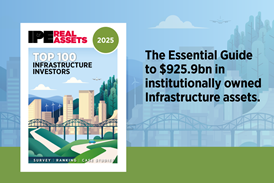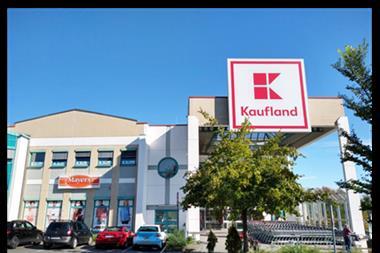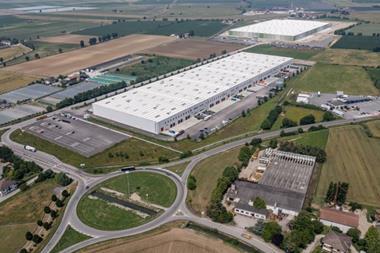New lending for UK commercial real estate in the first half of 2025 rose by a third from the same period last year, to £22.3bn (€25.7bn), helped by banks and development financing, according to a report by Bayes Business School.
The latest bi-annual report from Bayes reveals that new lending for commercial real estate rose 33% in the first half of the year. Separately, secondary loan market syndication surpassed £10bn, nearly matching the total volume for all of 2024.
Bayes said banks have made significant progress in reducing their defaulted loan books, achieving a 10-20% decline through 70% of loan refinancing and increased loan syndication.
Nicole Lux, the report’s author, said: “Those steps renewed banks’ appetite for new lending, with loans now offered at highly competitive rates. Lender sentiment has turned increasingly bullish, with 39 lenders indicating a preference for issuing loans exceeding £100m.”
There is particular enthusiasm for financing office and logistics assets, followed by student housing and residential properties, Bayes said.
According to the report, development financing has emerged as a key growth area, accounting for 22% of new lending and 19% of total outstanding commercial real estate debt.
Currently, £31bn in development loans are on lenders’ loan books – approaching the previous peak of £43bn in 2007 – with an additional £24bn in undrawn commitments, the report said.
Despite progress in managing non-performing loans, the overall default rate has risen to 6.3%, primarily driven by debt funds, which reported a significantly higher default rate of 20.3%, from 15.2% in Dec 2024, the report revealed.
“This sharp increase highlights both elevated risk in their portfolios and potential delays in their reporting compared to banks,” the Bayes report said.
Loan pricing has become increasingly competitive, the report showed. Fourteen lenders confirmed a reduction in senior loan margins across all investment property types and loan-to-value levels, with average spreads narrowing by 25–50bps.
The survey, which collects data directly from 80 banks, insurance lenders and debt funds twice a year, revealed that UK banks and debt funds have led this pricing shift, with UK banks cutting margins on prime office loans by 35bps and debt funds by 33bps.
Development loan pricing also fell, with margins narrowing by 3–8bps overall.
During the period, banks increased their commercial development finance activity by 20%, according to the report. UK banks supply 56% of all residential development finance and 28% of all other commercial development finance in the market.
Neil Odom-Haslett, from the Association of Property Lenders, said: “Overseas lenders are keen to increase their exposures again – after taking a bit of a break. Banks, which now have excess capital, are competing aggressively on pricing, driving senior loan margins down by 25–50bps, particularly for prime office and logistics assets.
“Hopefully, lenders will maintain lending discipline but growing evidence suggests covenant lite deals are becoming more prevalent as lenders chase deals. It is slightly concerning that the debt funds are showing default rates above 20%.”
Peter Cosmetatos, CEO of CREFC Europe, said: “It is not easy to analyse a persistently constipated real estate market and an opaque, structured and layered financing market.
“However, it does seem clear that competitive lending activity is mostly focused on prime stock and more familiar asset classes, and on refinancing existing exposures.”
Nick Harris, head of cross-border valuations at Savills, said: “The Bayes Survey shows that during the first half of 2025 the lending market has remained a highly liquid and competitive environment. Competition for the best assets remains intense, with lenders offering increasingly tight margins and with a greater focus on the larger loan sizes.
“The survey also highlights a notable increase in lending during the first half of the year, reflecting a focus from lenders on better performing secondary assets, which were out of favour last year. The lending industry has considerable capital to deploy, which bodes well for the anticipated increase in transactions for the remainder of the year and into 2026.”
To read the latest IPE Real Assets magazine click here.


















